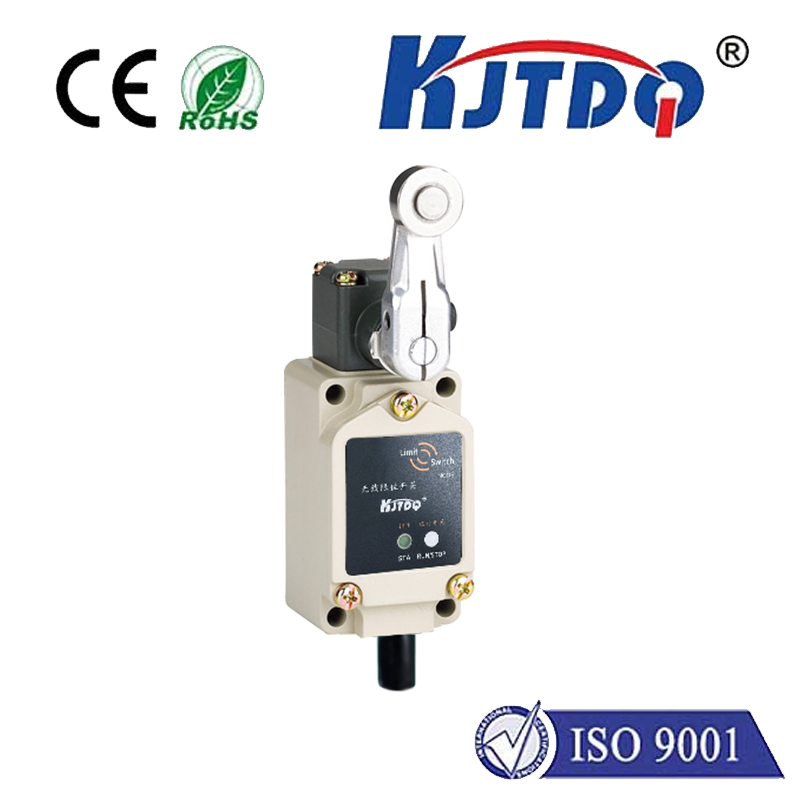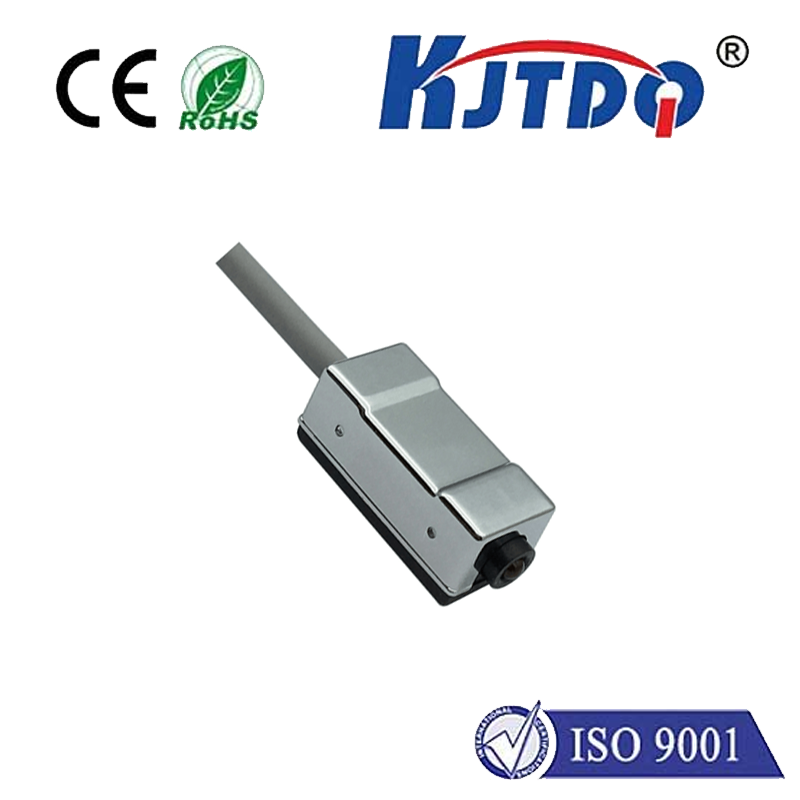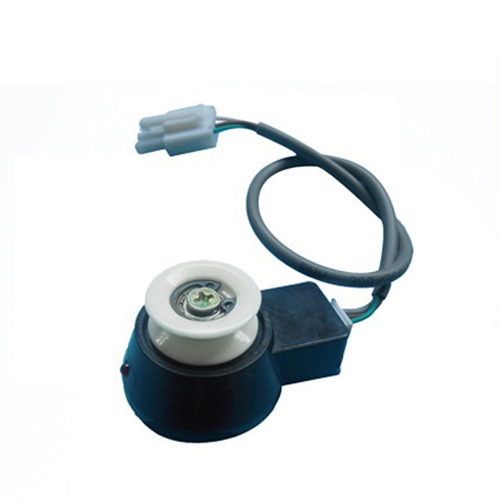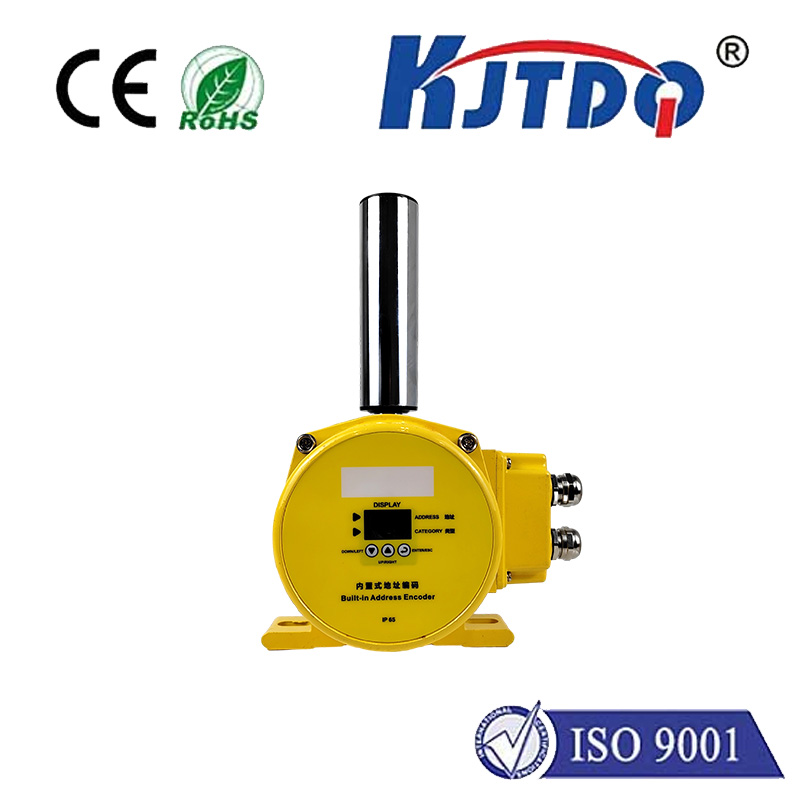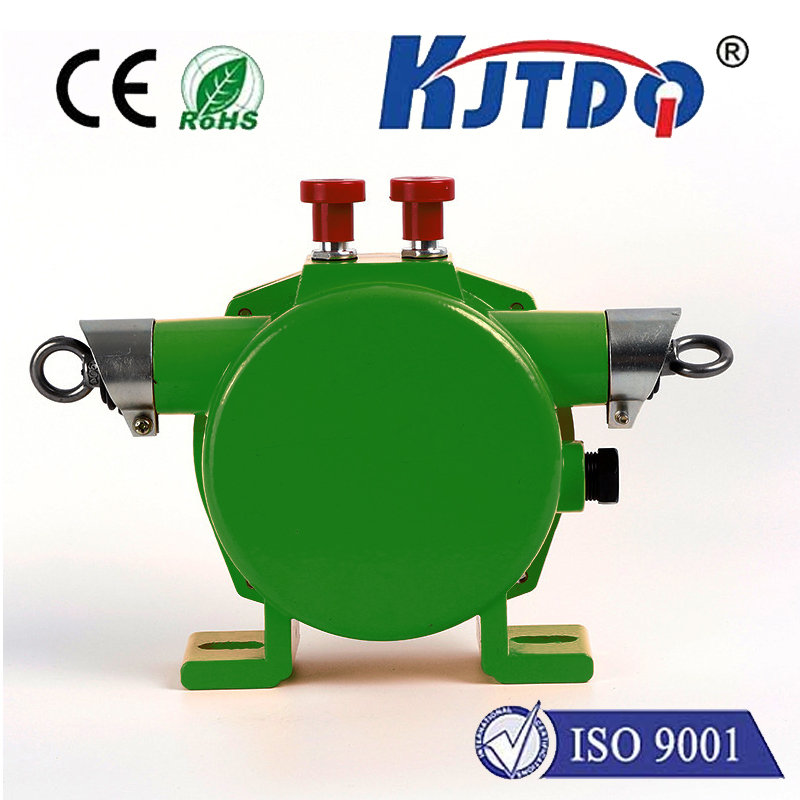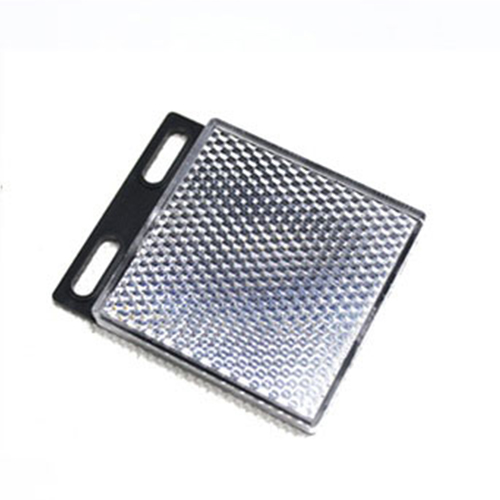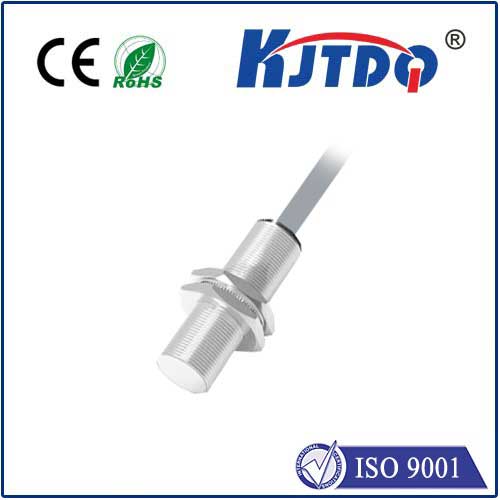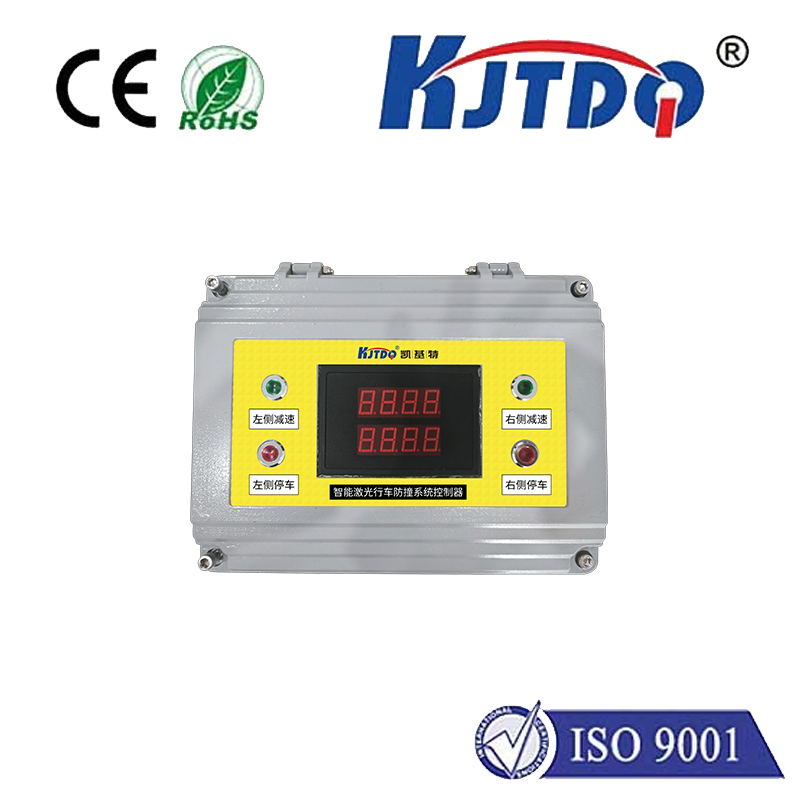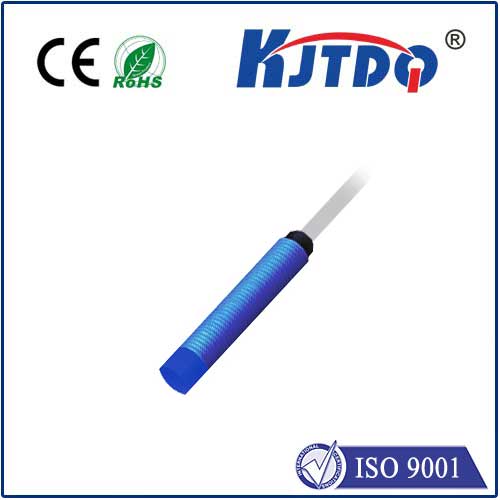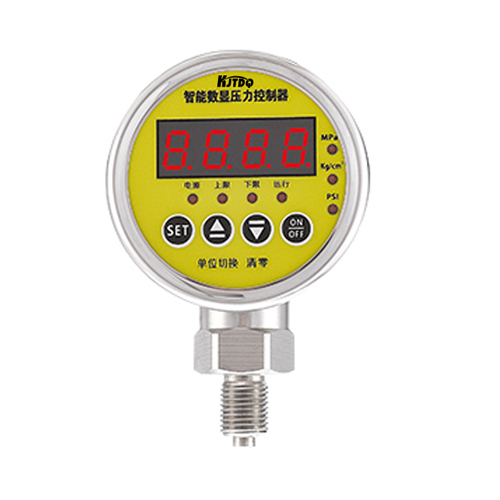BES0205 high pressure proximity sensor
- time:2025-10-01 05:32:55
- Click:0
BES0205 High Pressure Proximity Sensor: Operation and Applications in Critical Environments
Imagine a massive hydraulic press forging aerospace components, the immense force measured in thousands of PSI. Deep underwater, a remotely operated vehicle (ROV) manipulates tools near sensitive equipment. Within a high-pressure chemical reactor, precise positioning is paramount. In all these scenarios, a single component failure can be catastrophic. Enter the BES0205 High Pressure Proximity Sensor – an unsung hero engineered to deliver unwavering reliability where pressures are extreme and precision is non-negotiable.
Understanding the BES0205: Core Technology and Pressure Challenge
At its heart, the BES0205 is an inductive proximity sensor. This means it generates an electromagnetic field. When a metallic target enters this field, it induces eddy currents within the target, causing a detectable change in the sensor’s internal oscillation circuit. This change triggers the sensor’s output signal (typically PNP or NPN). What truly sets the BES0205 apart is its specialized design to withstand and operate accurately in environments characterized by exceptionally high ambient pressure.
Standard sensors might malfunction, leak, or suffer physical deformation under such intense forces. The BES0205, however, is explicitly built for this challenge. Its robust construction, featuring durable materials like stainless steel and specialized sealing techniques, creates a formidable barrier against pressure intrusion. This ensures the sensitive internal electronics remain protected and functional, guaranteeing consistent detection performance regardless of the external crushing forces.
The Anatomy of Resilience: Features Built for High-Pressure Duty

Several key features define the BES0205’s suitability for demanding applications:
- Robust Housing: Constructed typically from materials like nickel-plated brass or high-grade stainless steel, the housing provides essential mechanical strength to resist deformation under load.
- Advanced Sealing: Critical to its high-pressure performance. Utilizing multiple high-integrity seals (often combinations of elastomers and metal-to-metal seals) and potentially specialized potting compounds, the BES0205 prevents media ingress that could compromise electronics or lead to failure.
- Pressure-Compensated Design (Conceptual): While implementation varies, the fundamental principle involves designing the sensor’s internal cavities or utilizing specific materials to balance or withstand the external pressure differentials. This minimizes stress on seals and critical components.
- Electromagnetic Immunity: Environments with high pressures, like hydraulics or deep-sea operations, often involve significant electrical noise. The BES0205 incorporates shielding and robust circuit design to maintain signal integrity.
- Temperature Tolerance: High-pressure environments frequently coincide with extreme temperatures. The sensor maintains operational stability across a wide specified temperature range.
Where the BES0205 Shines: Key Application Areas
The unique capabilities of the BES0205 high pressure proximity sensor make it indispensable across numerous critical sectors:
- Hydraulic Systems: The core domain. Monitoring piston position within high-pressure hydraulic cylinders, detecting valve positions, confirming tool clamping/unclamping in presses, and ensuring safety lock engagement. System pressures can easily exceed 300 bar (4,350 PSI) or much higher.
- Subsea & Offshore Equipment: Essential for ROVs, underwater actuators, drilling equipment, and pipeline systems. Sensors operate reliably at depths where ambient water pressure is immense, monitoring valve positions, tool deployment, and structural integrity.
- Industrial Process Equipment: Used inside high-pressure autoclaves, reactors, and extruders where pressures are essential for the process. Detecting plunger positions, verifying closure mechanisms, or monitoring internal machinery status.
- Test Rigs & Material Testing: Ensuring safety and precision in equipment applying enormous forces to test material strength or component durability. Position verification of critical moving parts under load.
- Power Generation (Hydraulic/Hydro): Monitoring components within high-pressure hydraulic systems controlling turbines, gates, or other critical infrastructure.
- Specialized Machinery: Found in die-casting machines, forging presses, and hydroforming equipment where extreme forces are routine.
The Critical Advantage: Reliability and Reduced Downtime
In the environments demanding a high pressure proximity sensor like the BES0205, failure is not an option. The consequences range from costly production stoppages and damaged machinery to severe safety hazards. Its robustness translates directly into:
- Enhanced Safety: Prevents dangerous situations caused by undetected machine states (e.g., unexpected press closure).
- Reduced Maintenance Costs: Designed for longevity and resistance to pressure-induced failures, minimizing unplanned downtime and replacement frequency. The durable construction significantly extends service intervals.
- Operational Confidence: Provides accurate, dependable position feedback even under the harshest conditions, allowing processes to run efficiently and predictably.
- Long-Term Cost Savings: While potentially a higher initial investment compared to standard sensors, the BES0205’s reliability and longevity deliver significant cost savings by preventing catastrophic failures and production losses.
Selecting the Right High Pressure Proximity Sensor
When specifying a sensor like the BES0205 for a high-pressure application, consider these crucial factors:
- Maximum Operating Pressure: This is paramount. Ensure the sensor’s rating comfortably exceeds the worst-case pressure in your specific application, including potential surges.
- Pressure Media: What is the surrounding medium? Hydraulic oil, seawater, compressed air, gas? Material compatibility, especially for seals, is essential (e.g., Nitrile, Viton, Kalrez).
- Temperature Range: Confirm the sensor’s operating temperature range aligns with the application’s environment.
- Electrical Requirements: Supply voltage, output type (PNP/NPN, NO/NC), current rating, and connection type (cable or connector).
- Sensing Distance & Target Material: Ensure the specified sensing range meets the installation geometry and that the sensor is suitable for the target metal.
- Environmental Factors: Resistance to shock, vibration, chemicals, and potential submersion needs (IP ratings - look for IP67, IP68, IP69K or specific pressure depth ratings).
- Certifications: Are specific industry certifications required (e.g., ATEX for hazardous areas, marine approvals)?
Conclusion
The BES0205 high pressure proximity sensor represents a critical class of industrial components engineered to perform where others cannot. Its ability to deliver precise, reliable position sensing under crushing pressures makes it a cornerstone of safety, efficiency, and productivity in demanding sectors from heavy manufacturing to deep-sea exploration. Understanding its design principles and meticulously matching its specifications to the application’s unique pressure and environmental challenges is key to unlocking its full potential and ensuring years of trouble-free operation in the world’s toughest environments. When pressure peaks, performance must not falter – the BES0205 is built for precisely that mission.






